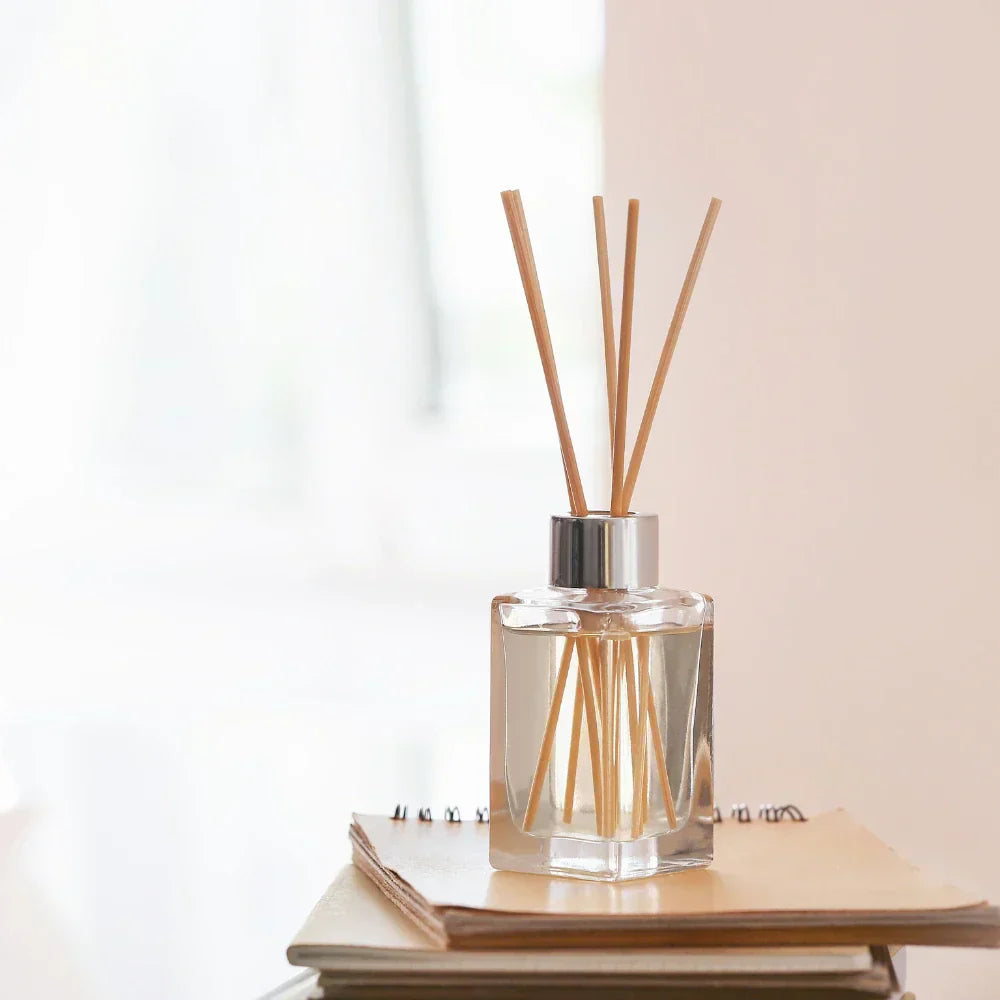
The Environmental Impact of Diffuser Bottles
Share
The Environmental Impact of Diffuser Bottles: Sustainable Choices for Eco-Conscious Consumers
In today’s world, more and more consumers are prioritizing sustainability in their everyday choices, including how they enjoy aromatherapy. Diffuser bottles, a key component in essential oil diffusers and reed diffusers, might seem like small, harmless items, but their environmental impact can add up. If you’re passionate about creating a calm and fragrant space while caring for the planet, understanding the sustainability of diffuser bottles is essential.
The Environmental Footprint of Diffuser Bottles
Diffuser bottles are typically made from glass, plastic, or sometimes ceramic. Each material carries a different environmental footprint:
- Plastic Bottles: Lightweight and cheap, plastic bottles are widely used, but they pose serious environmental problems. Many plastics are derived from fossil fuels, contribute to pollution during production, and can take hundreds of years to break down in landfills or oceans. Moreover, plastic bottles used for diffusers often aren’t recycled properly, adding to microplastic pollution.
- Glass Bottles: Glass is a popular choice for diffuser bottles because it doesn’t react with essential oils, is aesthetically pleasing, and is infinitely recyclable. However, glass production consumes a lot of energy, and heavier glass increases carbon emissions during transportation.
- Ceramic or Porcelain Bottles: These materials are less common but environmentally friendly if sourced sustainably. They’re durable and reusable but can be energy-intensive to produce.

How to Make Sustainable Choices When Buying Diffuser Bottles
If you want to reduce your environmental footprint without sacrificing the benefits of aromatherapy, here are some tips for selecting eco-friendly diffuser bottles:
1. Opt for Reusable and Recyclable Materials
Choose diffuser bottles made from high-quality glass or ceramic, which can be cleaned, reused, and recycled at the end of their life. Avoid single-use plastic bottles or those with non-recyclable coatings.
2. Buy from Brands Committed to Sustainability
Look for brands that prioritize sustainable sourcing, use recycled materials in their packaging, or offer bottle refill programs. Supporting companies with transparent environmental policies helps drive industry-wide change.
3. Consider Bottle Size and Packaging
Buying diffuser bottles in appropriate sizes reduces waste, and choosing products with minimal or biodegradable packaging cuts down on unnecessary materials. Bulk purchasing refills can also minimize packaging waste over time.
4. Reuse and Repurpose Your Bottles
When a diffuser bottle is empty, don’t toss it out immediately. Repurpose glass bottles as mini vases, oil containers, or DIY project materials. If you need to dispose of them, recycle glass or ceramic responsibly.

5. DIY Your Own Diffuser Bottles
If you’re crafty, you can transform old jars or bottles into diffuser bottles by cleaning and adding your own reeds and oils. This reduces demand for new bottles and gives you a unique, personalized diffuser.
Beyond Bottles: Sustainable Practices in Aromatherapy
While choosing sustainable diffuser bottles is a great start, there are other eco-friendly habits you can adopt:
- Use organic and ethically sourced essential oils to ensure the ingredients are harvested responsibly.
- Select natural carrier oils with low environmental impact.
- Avoid synthetic fragrances or additives that contribute to pollution.
- Practice mindful consumption by refilling and reusing rather than frequently buying new products.

Final Thoughts
Aromatherapy should uplift not only your mood but also your values. By making conscious choices about diffuser bottles and other aromatherapy supplies, you can enjoy a soothing, fragrant environment while reducing your environmental impact. Next time you’re shopping for diffuser bottles, consider the materials, brand ethics, and potential for reuse to make a truly sustainable choice.
Your small steps toward sustainability can create ripples, both in your home’s ambiance and the health of our planet.
